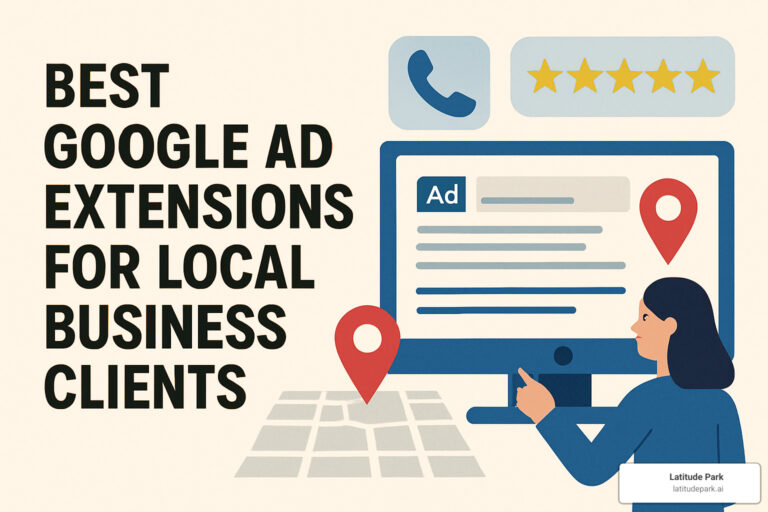Nearly 70% of all activity online begins with a search engine like Bing or Google. Unfortunately, only 0.78% of Google users click on results from the second page. If you’re not ranking at the top of the first page, you’re losing business.
Your competitors are likely reaching those consumers instead.
With search engine marketing (SEM), you can boost your ranking and draw more people to your business. SEM includes strategies like search engine optimization (SEO) and pay-per-click (PPC) advertising.
What is the difference between SEM and SEO, exactly? Which one is better suited for your marketing goals?
Keep reading to find out. In this guide, we’ll review everything you need to know about these two marketing strategies.
Read on to discover the difference between SEO vs SEM today.
What is SEM?
Over 80% of consumers head online when they’re looking for a product or service. Over 70% make purchases based on what they find from a search.
Search engine marketing can help you reach consumers who are in the mood to shop. You can leverage that shopping mindset to boost sales. There’s more than one form of search engine marketing, though.
When considering the difference between SEM and SEO, it helps to know that SEO falls under the SEM umbrella. Other types of SEM include:
- Pay-per-click advertising
- Geotargeting
- Video ads
- Shopping advertising
- Remarketing
- Display advertising
Pay-per-click advertising is just as it sounds. You’ll pay each time someone clicks on your ad. These ads include text, video, still images, and animation ads.
PPC ads can help you boost brand awareness and generate more traffic to your website.
Once someone visits your website, you can convert them using a compelling landing page.
PPC allows you to use precise targeting to reach customers. You won’t have to waste time or energy with broad targeting anymore. Instead, your ads will appear based on search terms, locations, or demographics.
You can display your PPC ads on social media accounts like Facebook and Instagram. You can also post these ads on search engines like Google.
Remarketing allows you to display ads in front of people who previously visited your website. You can get a second chance to turn those consumers into customers.
It’s important to note that many of these search engine marketing strategies are forms of paid advertising. Remember, you’ll pay each time someone clicks on a PPC ad. With remarketing, you’ll pay for every 1,000 impressions.
With that in mind, it’s important not to rush into using SEM alone. Instead, it helps to work with an experienced advertising company.
They’ll ensure your ads are eye-catching and engaging. They’ll also help you avoid costly mistakes.
With their help, you can boost sales without blowing your advertising budget.
What is SEO?
What is SEO, exactly?
SEO allows your website to display for relevant searches. Consumers can search for your product or service on Google, then see your website. A higher ranking will position you in front of more customers.
Then, you can draw those consumers to your website using your content.
Unlike most SEM strategies, SEO is organic. You can’t pay to boost your search engine ranking with SEO. Instead, you’ll need to appeal to Google’s search engine algorithm.
About 51% of all website traffic comes from organic search. In fact, nearly 80% of consumers ignore paid advertisements. Meanwhile, nearly 15% of SEO-generated leads are converted into sales.
Remember, most people don’t look beyond the first page of results. In order to develop an effective SEO strategy, you need to understand your customers.
For example, you’ll need to conduct keyword research. Then, you can create content based on what your customers are looking for online. Your content can show them you’re a credible, helpful resource in the industry.
Then, you can use a call-to-action on your blog posts to convert those readers into customers.
What’s the Difference Between SEM and SEO?
What exactly is the difference between SEM and SEO, then?
For starters, most SEM strategies are paid strategies. You’ll need to establish your budget before you start. Otherwise, you could unintentionally pay more than intended.
SEO, on the other hand, is organic. You don’t have to pay to boost your ranking. However, you will need to create engaging, fresh, unique content to boost your ranking.
It can take a little time before your SEO ranking rises. Once you do boost your ranking, however, you can maintain it. Chances are, it will take a while before another business knocks you down.
With SEM strategies, however, people can pay more to boost their ad rankings. SEM could help you generate immediate results, though. You won’t have to wait to reach the top of a search page.
SEM strategies are ideal if you want to start marketing immediately. You can use SEM to advertise a sale or event.
SEO, on the other hand, is ideal for establishing your credibility. You can draw traffic to your website to demonstrate your value. In time, brand trust and loyalty will grow.
Both search engine marketing and optimization can help you generate brand awareness. You can also attract more people to your website. As you generate more clicks and traffic, your search ranking could improve.
You’ll appear in front of even more people as a result.
How They Work Together
Understanding the difference between SEM and SEO can help you make an informed decision for your business. Consider using both, though.
In order to boost your SEO ranking, you’ll need to show Google people want your content. As people visit your website, your ranking will improve.
You can use SEM tactics to draw more people to your website. Then, your SEO ranking will rise. You’ll continue drawing more traffic as a result.
You can also study the search terms people use before clicking on your PPC ads. Then, you can use that data to create SEO content.
Don’t think of it as SEO vs SEM. Seeing how the two work together could give your business the boost it needs.
Start Your (Search) Engines: Understanding the Difference Between SEM and SEO
Don’t rank below your competitors! Instead, consider the difference between SEM and SEO. These two search engine strategies can boost your ranking.
You can reach more customers and establish yourself in the industry!
You don’t have to develop your search engine marketing strategy alone. We’re here to help.
Contact us today to get started.









